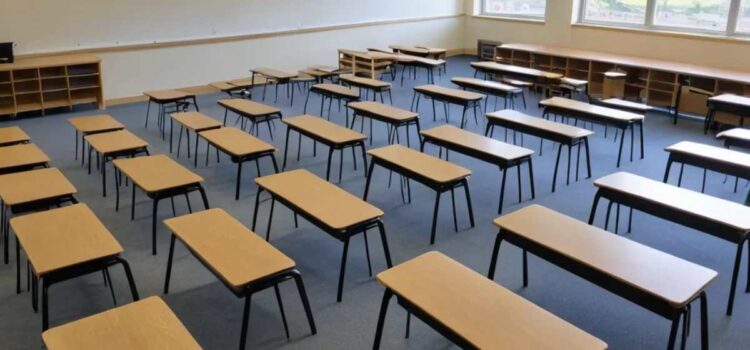A proper seating pattern for the class is almost close to an effective learning environment. The 30-seating configuration perfectly suits increasing engagement, cooperation, and academic performance.
It has discussed various seating configurations, benefits, drawbacks, and practical implementation tips.
Understanding the Importance of Seating Arrangements
Seating arrangements have a significant influence on classroom dynamics.
It influences how students interact with themselves and the teacher, thus influencing behavior and outcome of learning. A considered arrangement can
- Group work: Pull it together and discuss.
- Higher Concentration: Reduce Diversionary Agents -Put students accordingly.
- Encourage Participation: Create an inclusive environment where all students feel comfortable contributing.
Common Classroom Seating Arrangements
1. Traditional Rows
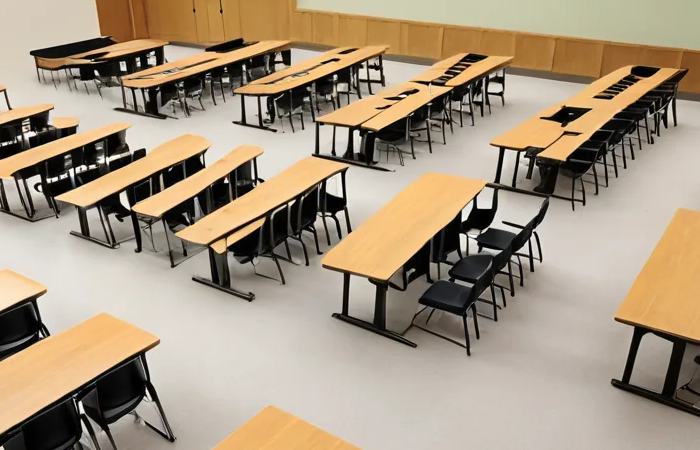
Description: It has desks and chairs lined up in rows facing forward.
Pros:
- The system makes it easy to monitor and control students by teachers.
- Accompanies lectures and presentations.
Cons:
- Limits interaction among students.
- The activity leads to the disengagement of the students in the back rows.
2. U-Shape
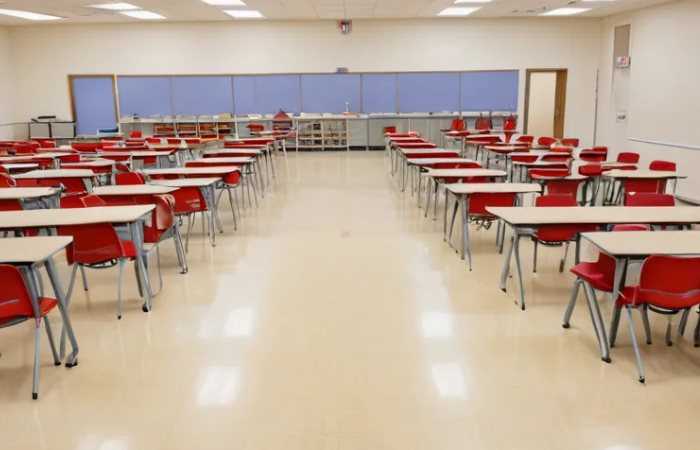
Description: Some desks form a U shape.
Pros:
- This encourages debates and interaction among students.
- It makes it possible for the teacher to reach every pupil.
Cons:
- It would not be very cooperative in group work, as that would mean less collaboration along the U-shape.
3. Pods/Groups
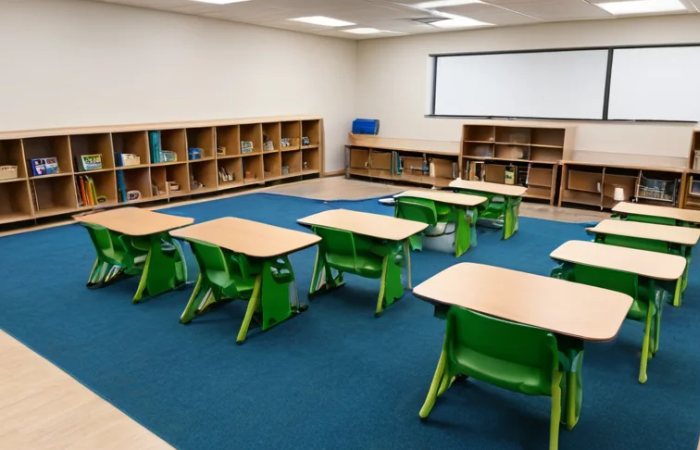
Description: Small clusters or pods are placed around them.
Pros:
- It promotes teamwork and collaborative learning.
- Students can easily talk and share id
Cons:
- Needs constant supervision lest off-task behavior results.
- It may be difficult for teachers to monitor various groups simultaneously.
4. Horseshoe
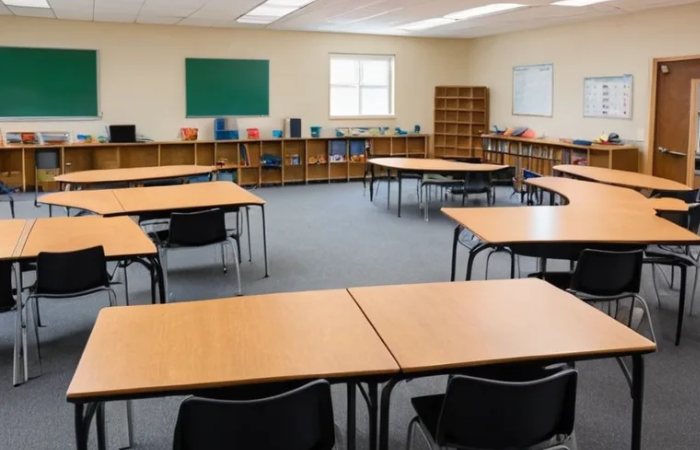
Description: Like the U-shape, but often with more stations, it resembles a huge semi-circle.
Pros:
- It fosters communication, and the teacher can move about the classroom quickly.
- Suitable for group discussions and interactive lessons.
Cons:
- Space constraints may make it impossible to accommodate smaller classes.
5. Flexible Seating
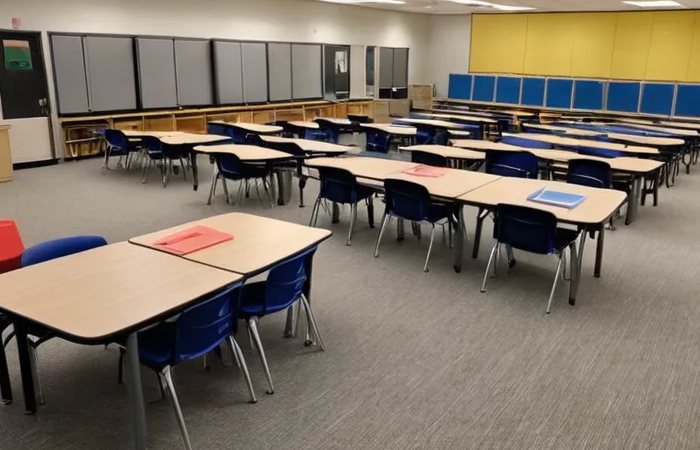
Description: Students will sit; activity-based seating encourages multiple configurations throughout the day.
Pros:
- Enable the learners to make decisions about their learning environment.
- It accommodates numerous learning preferences and styles.
Cons:
- Demands Coordinated Management to Ensure a Smooth Transition.
- It may cause diversions if not monitored accordingly.
Strategic Considerations
- Behavior Management: Allowing for students’ personalities and relationship patterns, grouping the easygoing students who do not cause each other to become disturbed, but separate those students who would disturb each other.
- Accommodating Teaching Style: Use it with your seating arrangement. Since you are an interactional type of teacher, rows aren’t the way to go; pods or a U-shape would be more your thing.
- Space Utilisation: The layout must enable free movement in the classroom. This is important for observing student learning and handling group work activities.
Example Layouts
| Arrangement Type | Description | Best For |
| Traditional Rows | Straight rows facing front | Lectures |
| U-Shape | Desks in a U-formation | Discussions |
| Pods | Groups of desks | Collaborative work |
| Horseshoe | Semi-circle setup | Interaction |
| Flexible Seating | Student-chosen arrangements | Varied learning styles |
Practical Strategies for Implementation
Assessing Student Needs
Collect data on your students’ preferences and learning styles before you choose a seating arrangement.
Find out from them by conducting a survey or even just an informal discussion.
That information will help you determine what kind of seating arrangement to apply.
Trial and Error Approach
Use the school year to experiment with different configurations. Find from the students what works well for them, then adapt.
This can be an iterative process that may lead to a more effective arrangement that meets the needs of your classroom as they change in time.
Utilizing Technology
This can also be done by apps and online planners on a concrete layout of your classroom using different arrangements before you start for an ideal application in class.
It saves time and enables one to make the most out of things without violating safety standards and access provisions.
Conclusion
The seating arrangement of a class of 30 can be optimal to create an exciting and productive classroom.
One has to learn its merits and demerits and then take feasible strategies to optimize class dynamics effectively. Remember, each class is unique.
So, be flexible with your approach and willing to adapt if necessary to meet the requirements of your students.
With some planning and thoughtfulness, the classroom can come alive as a place of collaborative learning and increased attention and active engagement of every student.
The kind of guide that brings out the way teaching methods empower educators in pushing for the best in classroom management.

